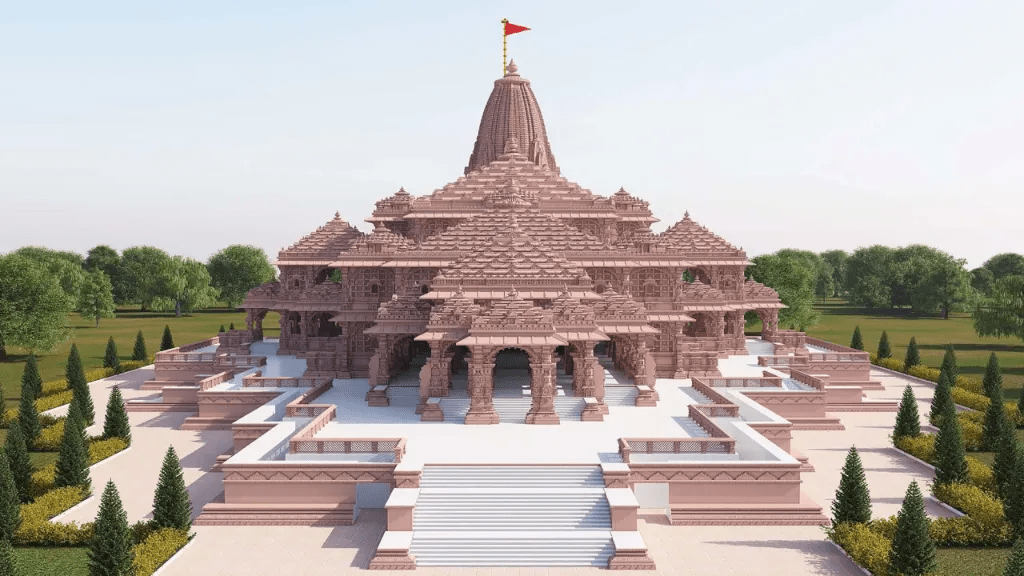The Ayodhya Ram Mandir, a monumental structure rooted in the cultural and religious history of India, has recently become a symbol of national pride. Let’s explore some important facts, delve into its architectural brilliance, and understand the cultural significance that surrounds this sacred temple.
1. Historical Context:
The roots of the Ayodhya Ram Mandir trace back to ancient times, as Ayodhya is believed to be the birthplace of Lord Rama, a revered figure in Hindu mythology. The temple’s history gained prominence during the Mughal era when the Babri Masjid was constructed at the site.
2. Ram Janmabhoomi Movement:
The late 20th century witnessed the Ram Janmabhoomi Movement, a significant socio-political campaign advocating for the construction of a temple at the disputed site. The movement spurred debates, legal battles, and, unfortunately, the demolition of the Babri Masjid in 1992.
3. Legal Resolution:
The Ayodhya dispute reached its culmination in 2019 when the Supreme Court of India delivered a landmark judgment, granting the land to the Hindu community for the construction of the Ram Mandir. The court emphasized the need for communal harmony and respect for diverse sentiments.
4. Architectural Marvel:
The Ayodhya Ram Mandir’s architecture is a blend of traditional and modern elements, showcasing intricate carvings, grand pillars, and a design inspired by ancient Indian temple architecture. The temple complex includes a sanctum sanctorum, prayer halls, and various other structures.
5. Significance of Design Elements:
- Garbhagriha (Sanctum Sanctorum): The main deity, Lord Rama, is enshrined in the Garbhagriha, representing the innermost sanctum of the temple.
- Shikhara (Tower): The towering shikhara signifies spiritual ascension and devotion, reaching towards the divine.
- Mandapa (Hall): The mandapa serves as a space for devotees to gather, perform rituals, and partake in religious ceremonies.
6. Cultural and Religious Significance:
- Unity and Harmony: The completion of the Ayodhya Ram Mandir is seen as a symbol of unity, fostering a sense of national pride and religious harmony.
- Pilgrimage Destination: The temple is expected to attract millions of pilgrims annually, becoming a significant pilgrimage destination for Hindus from around the world.
- Cultural Heritage: The architectural and cultural aspects of the temple contribute to preserving and celebrating India’s diverse heritage.
7. Tourist Attraction:
The Ayodhya Ram Mandir is not just a religious site but also a cultural and historical treasure. It is expected to draw tourists interested in exploring India’s rich history and architectural splendor.
Conclusion:
As the Ayodhya Ram Mandir takes its place on the cultural and religious landscape of India, it represents not only a magnificent architectural achievement but also a testament to the nation’s ability to overcome challenges and unite in celebration of its heritage. The temple stands as a beacon of spiritual devotion, cultural richness, and the enduring legacy of Lord Rama in the hearts of millions.


